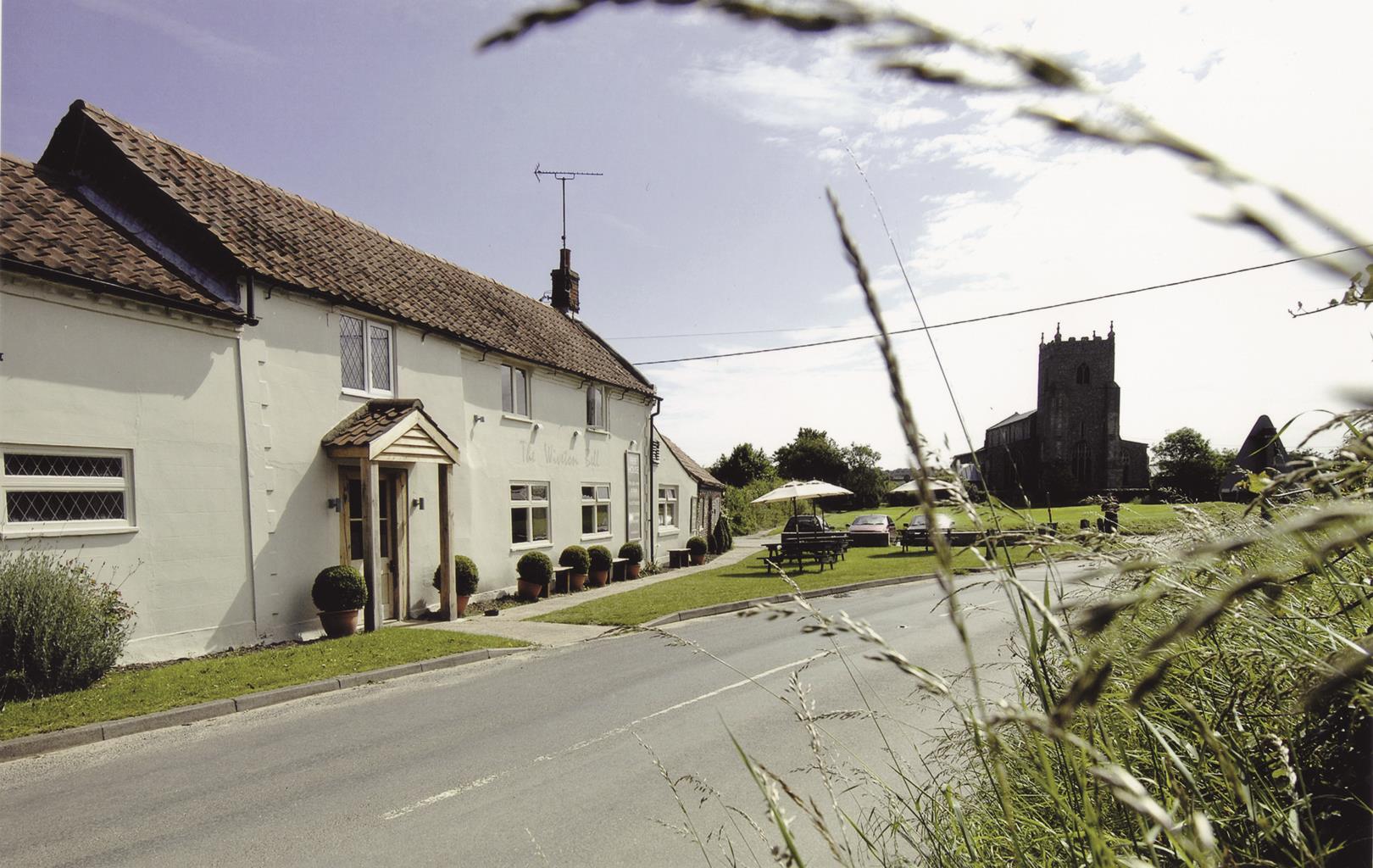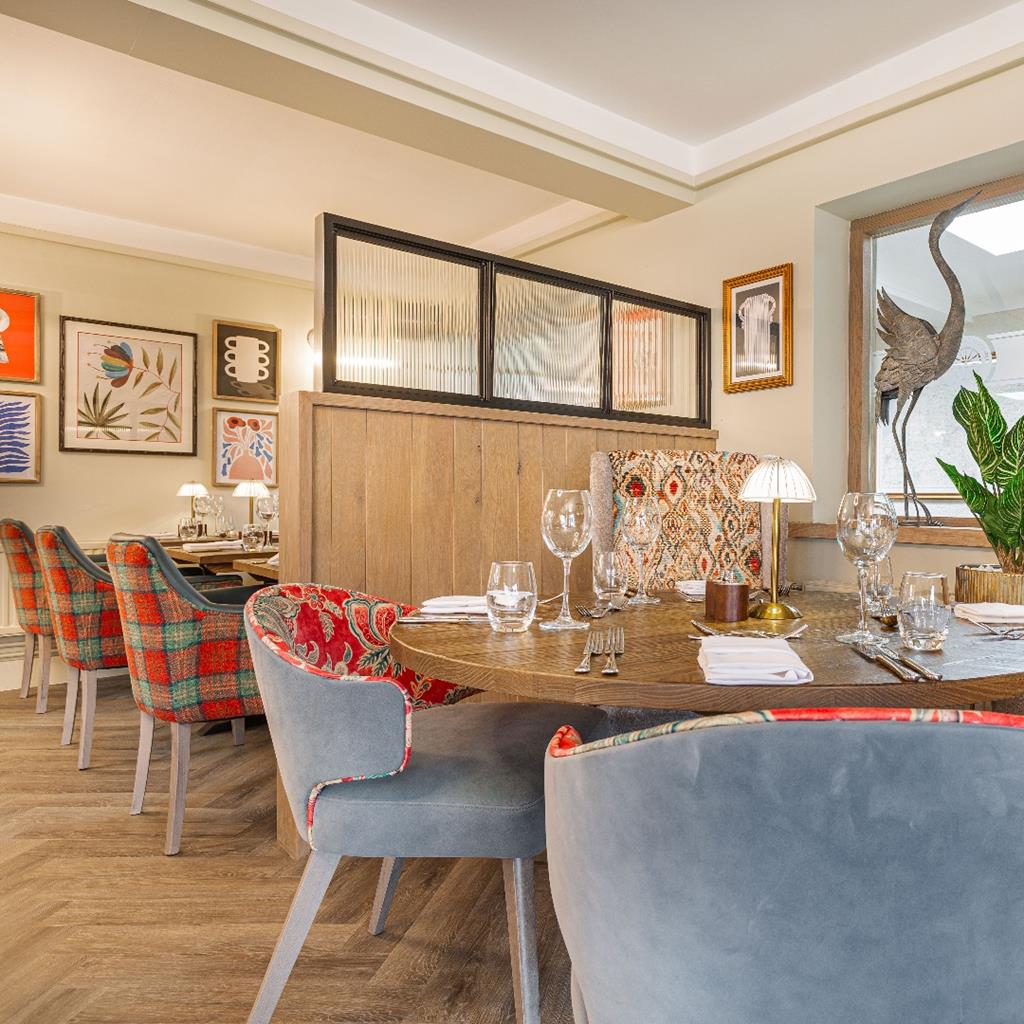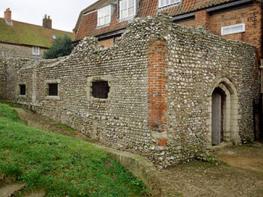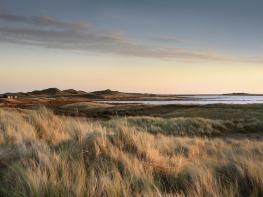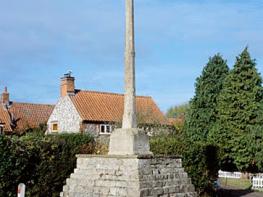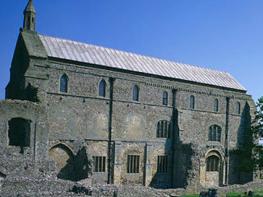In the peaceful village of Salthouse, Cley Corner Cottage is a cosy 18th-century property with…
Cley Marshes and Salthouse

6.6 miles (10.5kms)
About the walk
The walk begins along the edge of Cley Marsh, the first reserve to be established by the then newly formed Norfolk Naturalists' Trust in 1926. The idea had stemmed from Charles Rothschild, a banker and keen entomologist, who had a vision of saving the country's natural habitats, which even then was rapidly disappearing. Although conservation was not enshrined in law until the National Parks and Access to the Countryside Act was passed in 1949, the formation of local societies led the way. They were the forerunners of today's wildlife trusts, of which there are now 47 encompassing the whole of the country.
Prior to the mid-16th century, much of Norfolk's northern coast was an extensive salt marsh, set behind a long shingle bank and inundated by the twice-daily tides. Villages such as Cley and Salthouse were then busy ports and fishing harbours, accessing the open sea along winding channels. But everything changed when agricultural pioneers began raising embankments to claim the land for grazing. As a result, the inlets began to silt up and, becoming increasingly cut off from the sea, the ports declined.
But the defences were vulnerable to storms and, instead of sweet grazing, the coastal strip was left a mosaic of salt and freshwater marsh, dotted with pools and reed beds and bordered by sand and shingle banks. Environmentally, such sites are rare today and attract countless resident and migrant birds as well as supporting a wide range of plant and invertebrate species, many not found elsewhere.
Local wildlife
Among the birds to look out for are brent geese, avocets, lapwings, Cetti's warblers, and various species of duck. Predators include marsh harriers and barn owls. Bird numbers can be prolific at any time of the year, with migrants passing in spring and autumn, while others come to breed during the summer or overwinter on the rich feeding provided by the marshes.
Despite the seemingly harsh conditions of bare shingle and occasional inundation by the sea, many species of plant have become established. Sprouting between the embankment pebbles the yellow horned poppy is a common sight, as is sea campion and biting stonecrop. Around the fringes of the salt pools are glasswort, sea aster and sea lavender, while the water is home to the rare starlet sea anemone and the lagoon sand shrimp.
Salthouse and its church
Graffiti in the choir stalls of St Nicholas' Church, which sits on a bump of higher ground above Salthouse, is a reminder of the village's maritime importance during the medieval period. Masted sailing ships and fishing dinghies, perhaps scratched by children when the church was used as a school, illustrate the vessels that docked at the port. Fishing was then an important industry, the catch preserved in salt obtained by boiling seawater in large clay pots, a local industry that gave the village its name. Placed around the church are fragments of a lovely rood screen, which was erected in 1513 and painted with figures representing the Apostles. It was pulled down and the panels defaced during the Reformation, but enough remains to hint at its former beauty.
Walk directions
Leave the car park on a path above the marshes towards the coast. At the end, climb onto a high shingle ridge and head away to the right towards the distant cliffs of Sheringham. Once constantly maintained as a high barrier against the sea, the bank has now been breached by winter storms. Surging waves have broken the top and are shifting the bank inland to encroach upon the brackish pools behind. The loose pebbles make the path hard going and the 2.5-mile (4km) stretch along the coast might take longer to walk than first anticipated. Beyond the firmer ground of Gramborough Hill, drop right to continue behind the shingle bank.
Eventually, approaching the higher ground at Kelling Hard and reaching the end of a wire fence bordering the marsh, turn inland along a rough track. Shortly, the way swings right in front of a pond to reach a junction. Go right again along Meadow Lane, an old track that runs at the edge of the marsh to the main road.
Cross and walk left up the hill, the accompanying verge providing a refuge from passing traffic. After 0.25 mile (400m), turn off right along Pinfold Lane, a restricted byway. Towards the top, swing right and continue across the hillside, later passing below a farm to emerge onto the corner of a lane. Walk forward for 100yds (91m) to find a gap in the right hedge, from which a path cuts the field corner towards Salthouse church. Emerging onto another lane, head right into the village, where a track leaves left beside Pear Tree Cottage to the church.
Walk up past the church to leave the top of the churchyard along a tunnel-hedged path. Coming out onto another lane, go right to reach the village green beside the main road, where you will find The Dun Cow and Cookie's Crab Shop.
A marked path leaves the green opposite the telephone box, climbing between cottages behind The Dun Cow. Continue by the right-hand hedge and on across a second field. Picking up another hedge, carry on into the field corner. Descend a wooded bank, keeping left at a fork to walk across another field. Over a crossing track, keep ahead over more fields, eventually dropping to the corner of a thick copse. At a three-way sign, go right through the scrub around the base of Walsey Hill to come out onto the main road. The car park is then just to the left.
Additional information
<p>Shingle beach, saltmarsh and field tracks</p>
<p>Coastal marsh and farmland</p>
<p>Dogs under control</p>
AA Walker's Map 21 North Norfolk Coast
<p>Small car park beside A149, 0.25 mile (400m) east of Cley Marsh NWT Visitor Centre. It can be busy at weekends, but there are other roadside parking opportunities across the road and at Salthouse.</p>
<p>None on route</p>
WALKING IN SAFETY
Read our tips to look after yourself and the environment when following this walk.
Find out more
Also in the area
About the area
Discover Norfolk
The North Norfolk Coast is designated an Area of Outstanding Natural Beauty and probably the finest of its kind in Europe. Here you’ll find a string of quaint villages and small towns – Holkham, Wells-next-the-Sea and Cley next the Sea are 21st-century favourites, while Sheringham and Cromer are classic examples of a good old-fashioned seaside resort where grand Victorian hotels look out to sea. Further round the coast you'll find Great Yarmouth, one of the most popular resorts in the UK and packed full of amusements, shops and seashore entertainment. And let's not forget Norwich, the region's only city.
Norfolk prides itself on its wealth of historic houses, the most famous being Sandringham, where Her Majesty the Queen and her family spend Christmas. Many of Norfolk’s towns have a particular charm and a strong sense of community. The quiet market towns of Fakenham and Swaffham are prime examples, as well as Thetford, with its popular museum focusing on the TV comedy series Dad’s Army which was filmed in the area.
Nearby stays
Restaurants and Pubs
Nearby experiences
Recommended things to do
Why choose Rated Trips?
Your trusted guide to rated places across the UK
The best coverage
Discover more than 15,000 professionally rated places to stay, eat and visit from across the UK and Ireland.
Quality assured
Choose a place to stay safe in the knowledge that it has been expertly assessed by trained assessors.
Plan your next trip
Search by location or the type of place you're visiting to find your next ideal holiday experience.
Travel inspiration
Read our articles, city guides and recommended things to do for inspiration. We're here to help you explore the UK.

